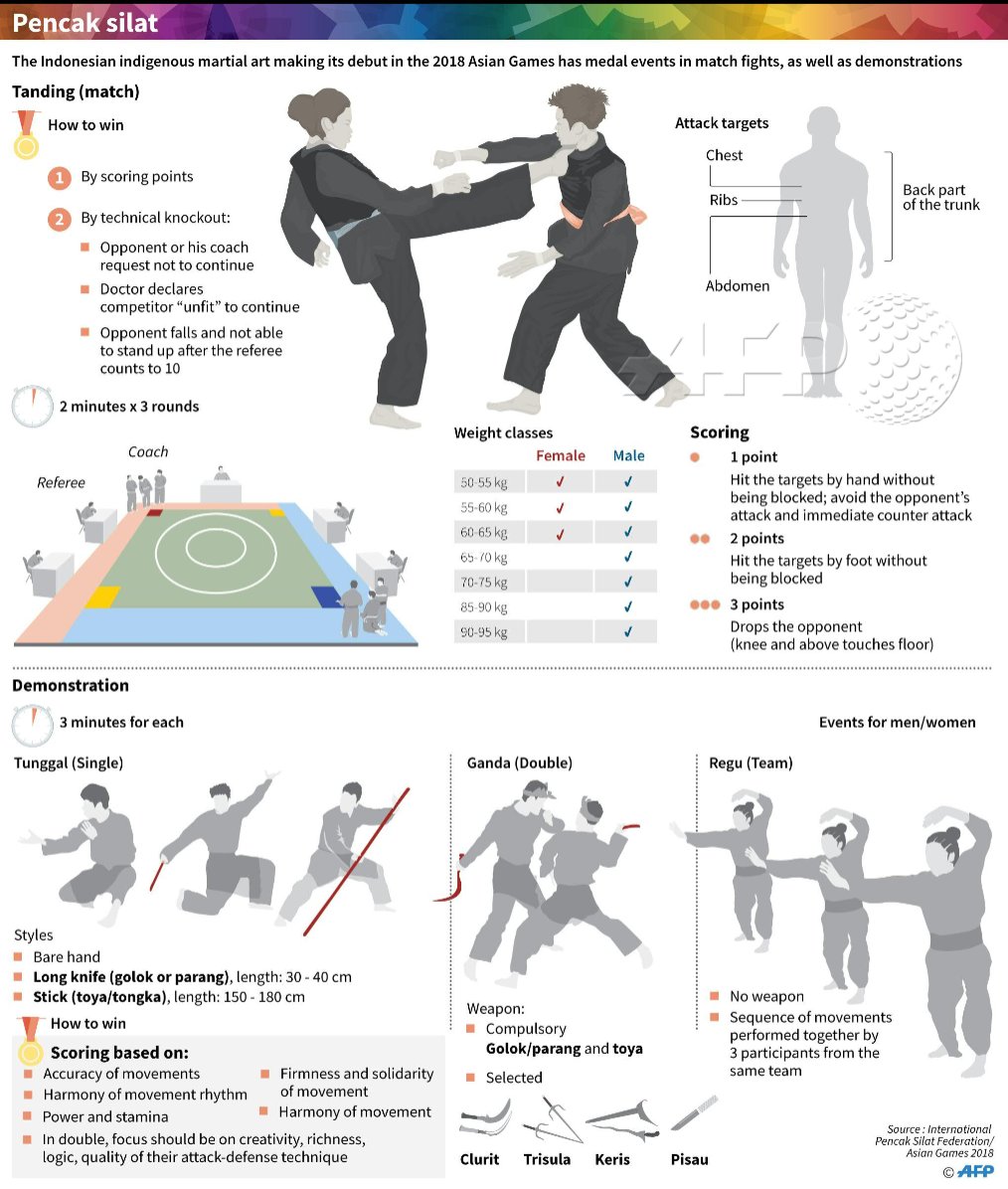Understanding The Basics And Importance Of Taekwondo Patterns
Understanding The Basics And Importance Of Taekwondo Patterns
Blog Article
Posted By-Hahn Lindgreen
Did you understand that there more than 20 different taekwondo forms, each with its own special series of movements and methods? These kinds, likewise called poomsae, play an essential role in the method and development of taekwondo practitioners.
However what exactly are these forms, and why are they so considerable? In martial arts supplies near me , we will check out the fundamentals of taekwondo forms, their origins, and the key elements that make them an important part of this martial art.
Whether you're a beginner or a skilled professional, recognizing the importance of taekwondo kinds will grow your recognition for this ancient practice and boost your trip in the direction of proficiency.
Beginnings and Advancement
The origins and development of Taekwondo can be traced back to ancient martial arts techniques in Korea. It was established over 2,000 years ago and has actually considering that become a preferred and internationally recognized sport.
Taekwondo was greatly influenced by various Korean fighting styles designs, such as Taekkyon and Subak, along with Chinese martial arts. It was originally used as a way of protection, yet with time, it progressed into an affordable sport that focuses on striking strategies and high kicks.
In the 20th century, Taekwondo underwent a significant transformation and was standardized into its modern-day form. The Korea Taekwondo Association played an essential function in this process, helping to establish rules, techniques, and forms that are still followed today.
Key Elements and Techniques
Now let's discover the essential elements and techniques of Taekwondo. To completely comprehend martial arts without weapons and methods, it is necessary to delve much deeper into the complying with subtopics:
- Stances: Taekwondo emphasizes the correct use of positions, such as the front stance, back stance, and equine position. These positions give security, equilibrium, and power in implementing numerous methods.
- Strikes and Kicks: Taekwondo is renowned for its powerful and vibrant kicks, including the front kick, roundhouse kick, and side kick. Strikes, such as punches and knifehand strikes, are also essential strategies in Taekwondo.
- Blocks and Protection: Reliable protection is crucial in Taekwondo. Blocks, such as the high block and low block, are used to safeguard versus incoming attacks. Correct timing and positioning are vital to successfully defending oneself.
Benefits and Impact
One of the significant benefits of exercising Taekwondo is the renovation of physical conditioning and general well-being. By taking part in normal training sessions, you can enhance your cardio health, toughness, adaptability, and endurance. Taekwondo involves a range of activities that target different muscle mass teams, helping you build a strong and toned figure.
Furthermore, this fighting style advertises psychological wellness by minimizing anxiety and anxiety levels. The self-control and focus required in practicing Taekwondo can aid enhance your concentration and boost your capacity to handle challenging situations.
Furthermore, the technique of Taekwondo instills a sense of confidence, self-control, and self-control, which can positively influence different locations of your life. Read Far more , practicing Taekwondo can bring about a healthier and more balanced way of living.
Conclusion
So there you have it! Taekwondo types aren't just plain regimens, but a representation of the abundant background and evolution of this fighting style. By understanding the key elements and techniques, specialists can reap many physical and psychological advantages.
From boosted versatility and stamina to improved emphasis and discipline, taekwondo types have a lasting impact on those who exercise them.
So, whether martial arts programs for autism 're a beginner or a knowledgeable martial musician, accept the power of these forms and let them take you on a journey via time.
